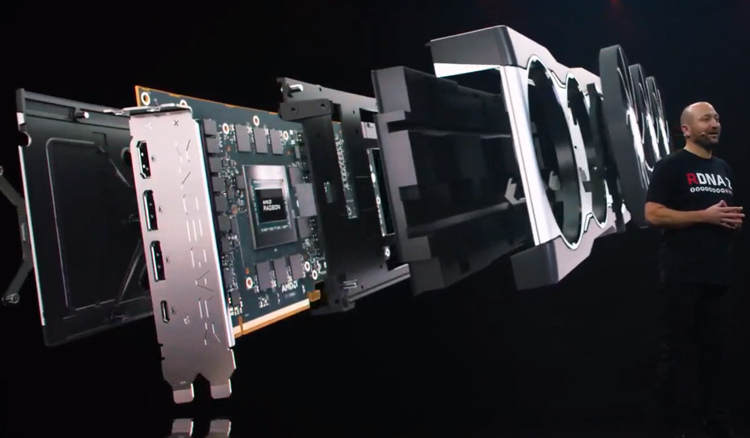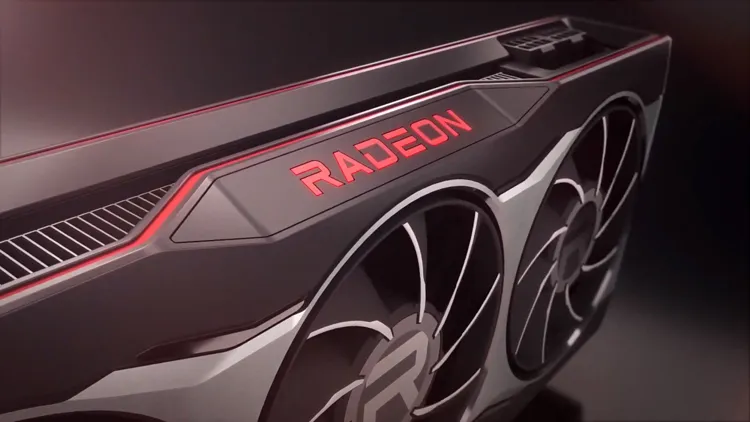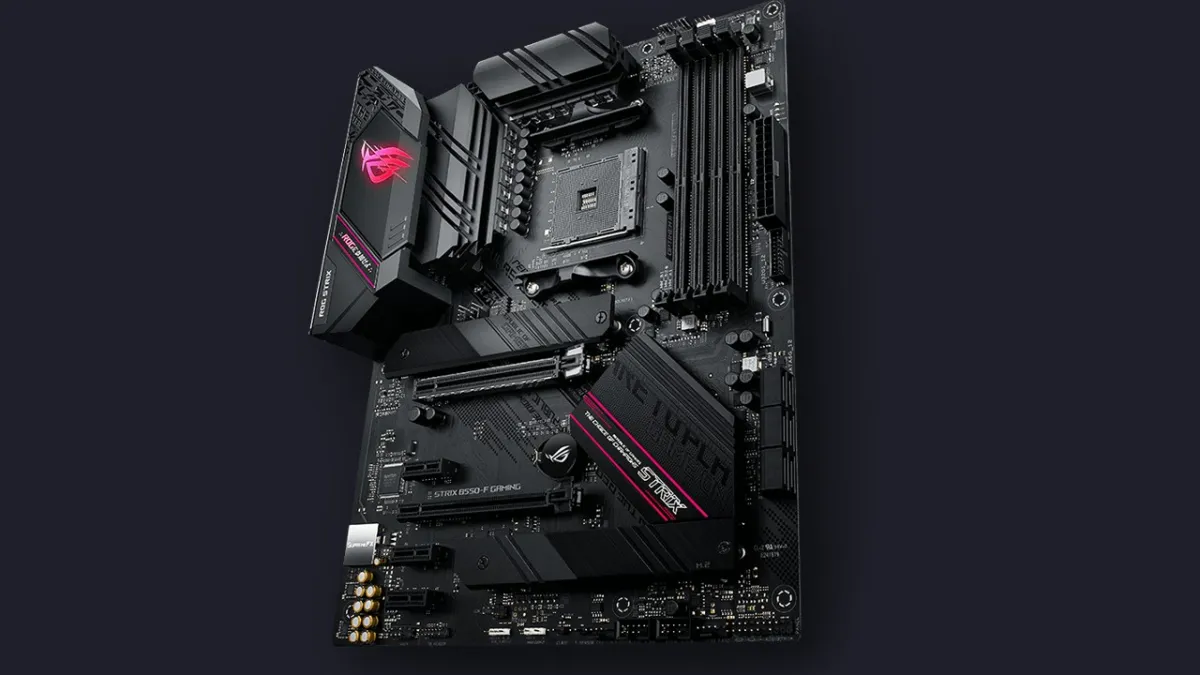While the performance of AMD’s new Radeon RX 6000 Series graphics cards continue to impress, the stock and general availability does not. Customers continue to struggle in the quest to buy new graphics cards, and the ever-growing prices certainly don’t help. To combat availability shortages and allow customers better access to MSRP pricing, AMD decided to prolong production of reference model designs. A recent interview reaffirmed this commitment today, with an additional promise to increase manufacturing for Q1 2021.
In a recent interview with BabelTechReviews, Radeon Technologies executive Riche Corpus confirmed that extended production would allow AMD to get more graphics cards into the hands of gamers via direct purchases from AMD.com. Corpus was brief in his remarks, but commented that AMD would continue to work with partners to get more custom solutions to market soon.
There weren’t any specific production figures mentioned, so it’s hard to say what exactly to expect. We hoped to garner more specific information on volume production via AMD’s recently released Q4 2020 earnings reports, but information was missing on volume there as well. It seems AMD isn’t ready yet to reveal just how many RX 6000 cards it has produced until the stock situation is better under control.
A rocky road
AMD seemed optimistic going into the launch of the RDNA 2-based GPUs, but things quickly took a turn for the worse. In several cases, customers found the lack of stock even worse than the RTX 3000 Series launch. Supply constraints seem to be a problem for the greater part of the semiconductor industry though, for various reasons.

Take a good look at the number of components on a GPU board and it becomes clear how complicated they are to produce.
Official reports have come out on various components and raw materials associated with producing graphics cards. Both AMD and Nvidia are struggling to acquire substrate materials and GDDR6. In addition to those complications, TSMC and Samsung are largely booked up with capacity for other companies. This directly limits how many chips AMD and Nvidia can produce. Shipping the products overseas is also limited due to the pandemic constraints. Factor in the growing demand for crypto mining and employees who need to work from home, and it’s easy to see how silicon quantities are getting the squeeze.
GPU die tend to be particularly large as well. This means that AMD can potentially make more CPUs than GPUs with the wafers it has available. It’s just going to take time as manufacturers look for ways to expand production so they can keep up with consumer demand. It’s certainly something they will be happy to fix in the long term.





Published: Feb 2, 2021 04:30 pm